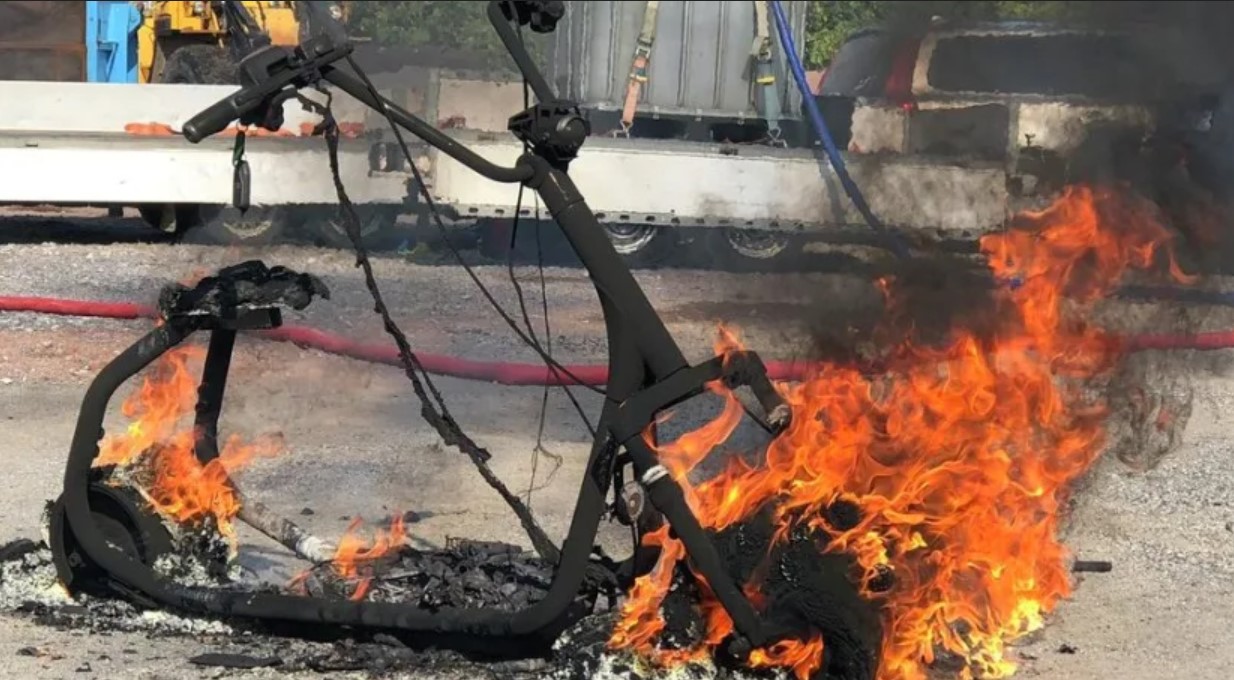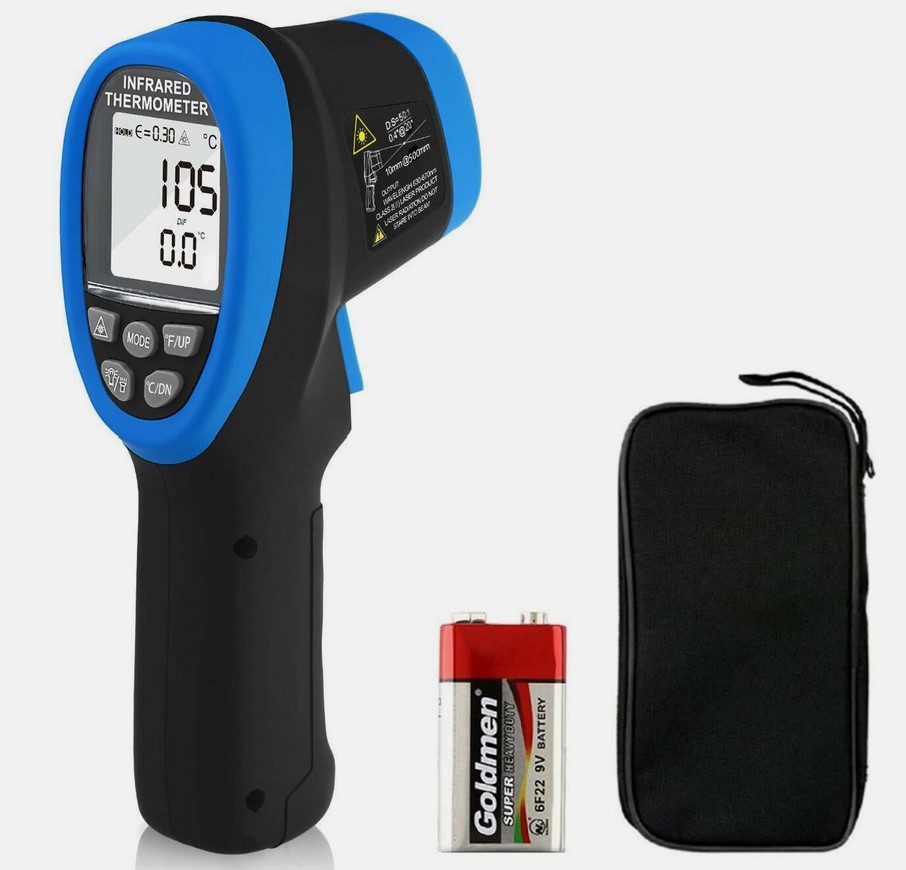Lithium-ion e-scooters, e-skateboards, and e-bikes banned on UK on public transport

From 1 June 2023, Lithium-ion e-scooters, e-skateboards, e-bikes, and e-anything are banned on UK trains, platforms, ferries, and buses due to a high incidence of intense fires, considerable smoke, inability to extinguish the fire, and damage caused by runaway lithium-ion battery fires.
London Fire Brigade has lent its complete support, saying it has growing concerns about the safety of e-scooters (e-anything) due to the number of dangerous and terrifying fires on the transport network with the potential to become very serious very quickly and involve hundreds of people, particularly on Tube trains where evacuation may be challenging.
Why the ban, and what is the danger?
UK statistics aside, we can reveal that over 450 Lithium-ion linked fires have occurred in Australia since 2022. The bigger the battery, the bigger the fire risk. While smartphones have had their share of fires, most have come from e-scooters (now almost one fire a day since March 2023), e-unicycles, and e-skateboards, although e-bikes and electric vehicles are also a risk.
Many fires occur during the charging stage, and not surprisingly, the e-scooter makers (et al.) blame third-party or faulty chargers. Frankly, this does not wash. It is more likely that lower-grade Lithium-ion cells and packaging have been used.
Many lithium-ion-powered devices have spontaneously combusted. Lithium-ion fires have a thermal runaway reaching up to 1000°C. They cannot be extinguished by traditional water, foam, CO2, dry powder, or chemical extinguishers. The fire must burn itself out and be starved of oxygen. It is likely to reignite even if extinguished.
Are any lithium-ion devices safe?
Inherently no. The Australian Firefighters’ Union says Australia is “categorically and catastrophically not prepared” for the risk posed by lithium-ion batteries — used in electric scooters, bikes, and cars (although most of these result from a crash). While that statement is perhaps extreme, there are considerable risks with the technology.
There are Australian calls to ban the use of Lithium-Ion batteries in anything other than small devices, smartphones etc. If that were to happen, EVs, Solar Batteries, and e-mobility devices would need to use other safer battery packs. It could be a costly recall mess. Just ask LG who has had to recall LG ESS solar home battery recall (Urgent update November 2022). Most smaller makers don’t have the deep pockets to recall every e-scooter et al. they have sold.
How to reduce the risk
The risk diminishes with the use of premium quality cells, intelligent chargers, not using the devices outside the temperature limits, and interestingly not charging them more than 80% or discharging past 20%. In other words, while they are cheap to make and have the highest energy density, they are not a long-term solution for electric mobility devices.
Many companies are switching to more expensive Lithium Iron Phosphate (LiFePO4 or LFP). While these have a lower energy density (requires more battery cells meaning larger and heavier batteries), they have high safety, low toxicity, and the better ones have 4000+ charge cycles.

Rules for Lithium Ion powered devices

- Don’t buy a cheap generic e-scooter or e-skateboard, as batteries are the first place they cut costs.
- Use only an RCM (C-tick) approved genuine charger. If it does not have that, report it to the Australian Media and Communications Authority ACMA at [email protected]
- Never charge the device in an enclosed space or inside a home or garage. Place it in the open undercover, well away from anything flammable.
- Never charge it on resting on any flammable material like a couch or pillow.
- Inspect the battery pack for damage, signs of swelling or expansion etc.
- If you hear any noise like hissing or cracking, pull the charger plug and get the device outside where it cannot harm.
- If you smell any odour – ditto
- If you see smoke – ditto, and even faster!
- Check if the battery becomes overly hot during charging. Use a Handheld laser IR temperature gun and if the pack gets over 40°C, stop charging immediately and contact the maker.
- Don’t use the battery in overly hot weather (40°C or more) or overly cold weather 5°C or less.

These videos are worth watching







